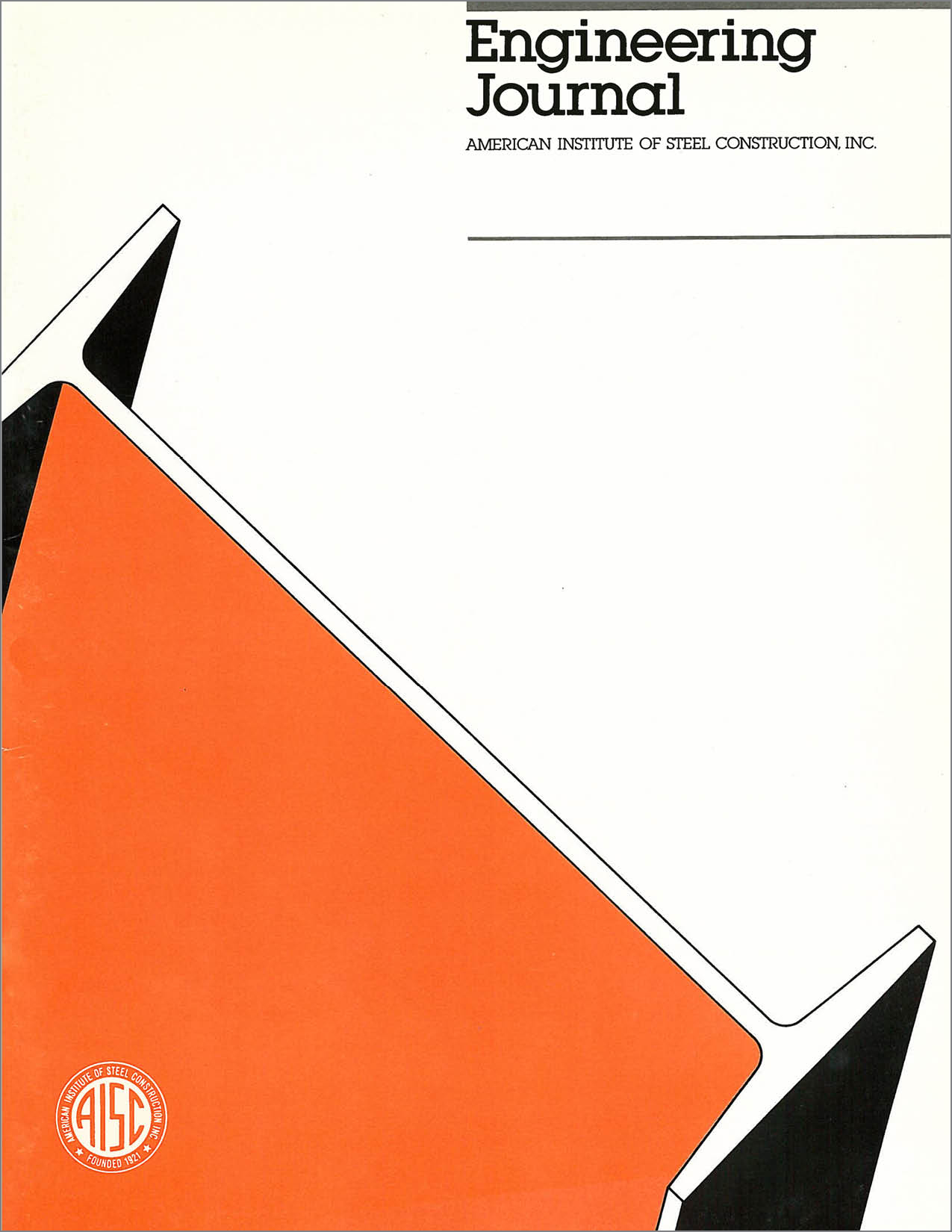Composite Girders with Partial Restraints: A New Approach
DOI:
https://doi.org/10.62913/engj.v30i2.611Abstract
Most designs for buildings with steel frames are based on girders with simple connections. To eliminate the problems associated with traditional construction (such as deep and heavy girders and large deflections during construction) structural engineers have been searching for a new design system for a long time. The stub girder system is one example of such efforts. However, the stub girder system proved to be uneconomical for most common buildings. A new and different approach to composite steel/concrete designs was undertaken by the writer resulting in light building frames and cost savings. This new design system is called partial Restraint Girder System ("RGS") (Figure 1). (A composite section is obtained in buildings with metal deck and concrete floors by welding steel studs to the top flange.) With RGS two types of restraint are possible: the first makes use of moment connections to columns; the second includes concrete reinforcement. In buildings utilizing composite girders, deflections were controlled by either shoring, camber, or further increase in girder size. RGS has arisen as a viable and cost effective alternative. In traditional designs, the engineer determined the buildings moment diagram from a moment distribution or stress analysis. In the RGS method, the Structural Engineer can control the maximum and minimum values of moment on the moment diagram (the governing design values) from the outset to fit his design, by establishing the amount of restraint. Although composite girders with partial restraints improve the moment resistance of composite girders significantly, such design is commonly ignored and the codes of practice give no guidance as to procedures that might take advantage of the improved properties.

